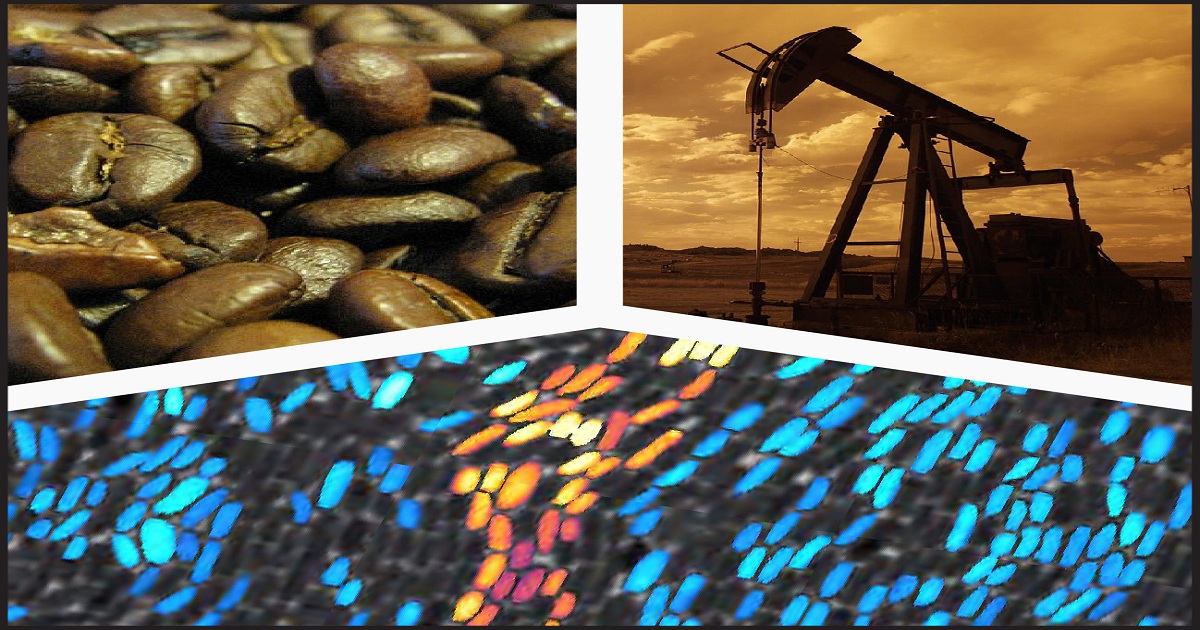Bacterial communities use sophisticated strategy to communicate over long distances

It's the way we end up with a fresh cup of coffee from a clump of beans. It's how ocean oil rigs extract petroleum from dense rock formations beneath the seafloor. It even helps explain how forest fires spread. A theory is known as "percolation" is now helping microbiologists at the University of California San Diego explain how communities of bacteria effectively relay signals across long distances. Once regarded as a simple cluster of microorganisms, communities of bacteria also called "biofilms" have been found to utilize ion channels for electrochemical communication that helps the community thrive and survive threats, such as chemical attacks from antibiotics. The findings, led by Joseph Larkin and senior author Gürol Süel of UC San Diego, are published July 25 in the journal Cell Systems.